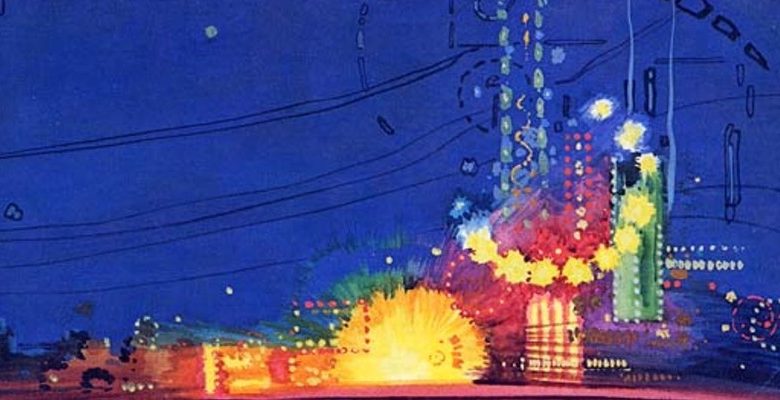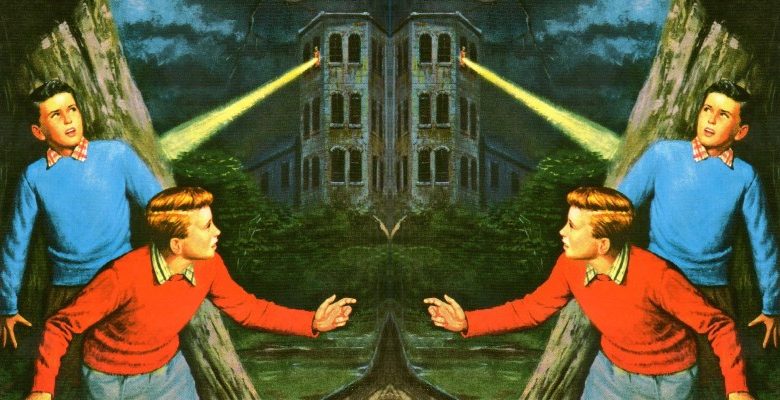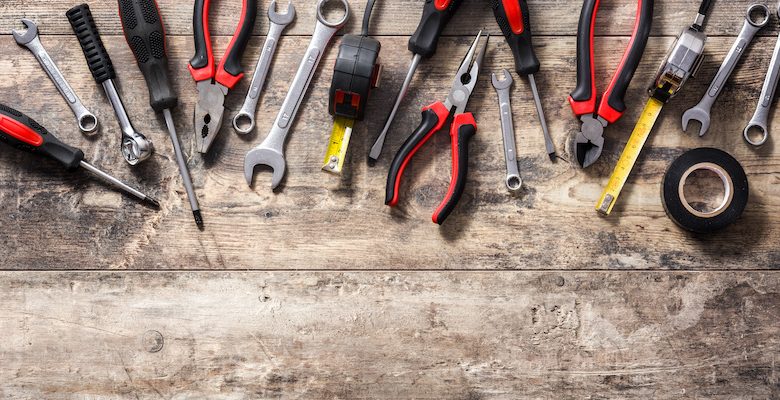[ad_1]
Autopsy technician Alaina Urquhart, along with hairdresser Ashleigh “Ash” Kelley, hosts the popular true crime show Morbid, and if having a hit show and a day job weren’t enough to keep her busy, she’s also written a new novel, The Butcher and the Wren. Alaina was kind enough to answer some questions over email about her career, the true crime boom, and her foray into fiction. You can read the interview (and see the book’s beautiful cover), below.
Molly Odintz: You’re an autopsy technician. Tell us a bit about your job and how it intersects with your life as a podcaster and writer.
Alaina Urquhart: I love being an autopsy technician. Working with the dead has given me a different perspective on life. It makes me confront my own habits and misconceptions and reveals how intricate and fragile the human body truly is.
Dignity is key in both my work as a true crime podcaster and as an autopsy technician. For example, I always try to part the victim’s hair in a way that allows me to make the necessary cuts without damaging their hair. Just like the person on my autopsy table is a human being who has people who love them, the people we discuss on Morbid are mothers, fathers, daughters, sons, and friends. Gallows humor has a place in the death industry, to allow workers to cope with the sometimes suffocating sadness that comes with the job, but it can never be in relation to the victim. While on the podcast, I maintain a more fact-based/clinical tone to avoid having the stories of real victims feel like exploitative entertainment, in my fiction, I allow myself a bit more creativity in my narrative style.
In this novel, I tried to fold in the things I see, smell, and hear in the morgue as much as possible. As an avid crime fiction reader myself, I always crave that extra authenticity and nothing beats firsthand experience.
MO: So, I’m a big fan of Bones, but I know that entertainment can get things wrong. What’s your biggest pet peeve when it comes to fictional autopsies?
AU: I love watching autopsies in television shows and movies. Though I’m a firm believer in suspending my disbelief for the sake of storytelling, I can’t help myself from occasionally yelling out, “That’s not how they really do that!!”
The entertainment industry is hell-bent on convincing viewers that morgues are high-tech space labs with touchscreen computer walls. They are not. Sure, they all have that classic stainless steel and clinical white clinical aesthetic, but the reality is far messier and lower tech than shown onscreen. Remember, the morgue is a place where body fluids spray around, especially while opening a skull or severing a spinal column. I think Silence of the Lambs did a nice job of striking this balance—and especially portraying the solemn feeling of an autopsy.
Also, I do wish the people involved in producing these onscreen autopsies would consult an anatomy book beforehand. If your kidney looks like a hacky sack, you have to take another crack at it.
And finally, let’s see some more women morgue workers, please! We exist.
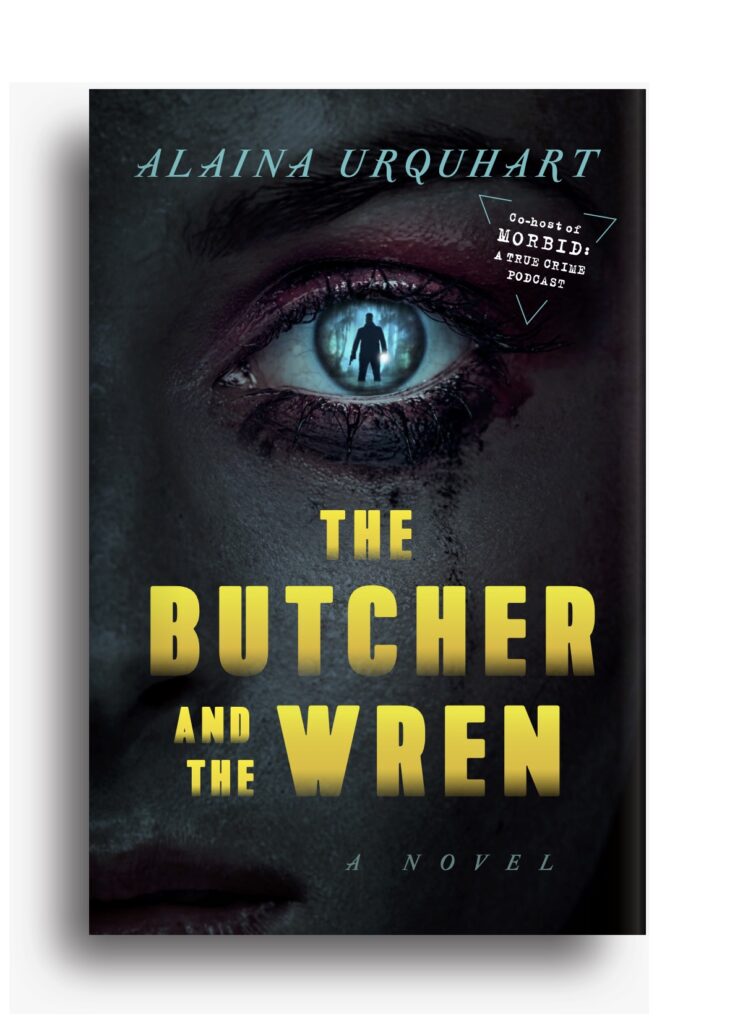
MO: What drives the true crime boom, and will it ever end?
AU: I think the true crime boom is really based on our collective fears. True crime forces us to face the reality that evil people exist, and that we can’t always pick them out at first glance. These are real people and these atrocities can happen to anyone.
I don’t see this trend going away, but I do see it evolving. People who are in it for the right reasons share these stories to offer respect and exposure to victims who can’t do it for themselves. I think great things can happen for cases that need it, and it’s something I am happy to be part of.
MO: This is your debut novel, and it’s got a killer hook. Tell us a bit about your new novel, and the cat-and-mouse game that drives the plot.
AU: Thank you for saying that! I have been writing The Butcher and the Wren for years and the cat-and-mouse structure has always been central to the narrative. Nothing is scarier to me than a killer who brazenly communicates with those investigating their case. It’s a weirdly bold move that in real life, usually ends up being the killer’s downfall, but I’ve always wondered what would happen if these calling cards didn’t bring them down right away.
I also just love the interplay between these two characters. Jeremy will hopefully horrify you, but he’s not a supervillain. He’s capable of failure, and luckily, my girl Wren is there to catch those small slip-ups with her own sharp mind.
MO: Your protagonist shares your career. What are some differences between you and your main character?
AU: Wren Muller shares some of my own background, or at least, the traits I would like to see in myself. In terms of the differences in our respective careers, she went to medical school, which was my original plan, but after the birth of my twin girls, I pivoted my educational track to become an autopsy technician.
On a more personal level, she differs from me in her ability to let herself feel her emotions and feel them hard. I tend to push emotions away immediately while in work-mode, and it was important to me that she be strong, but real as well. I love how she can both experience her emotions authentically and focus on her bigger picture of speaking for the dead.
It’s actually something that I’ve been working on myself in writing this book and this character. Wren has helped me to see that I can take a second to allow the stress of something scary to crack me open for a moment before getting back to work. I never knew that this sort of self-growth could be part of writing, but I have to say, I’m grateful for it.
***
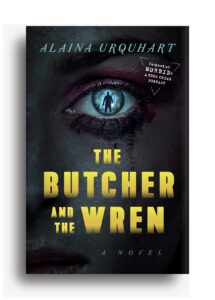
[ad_2]


